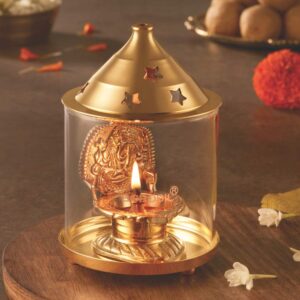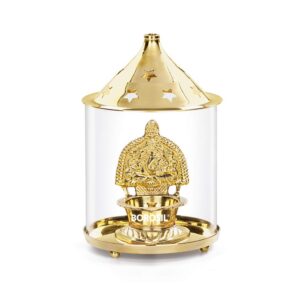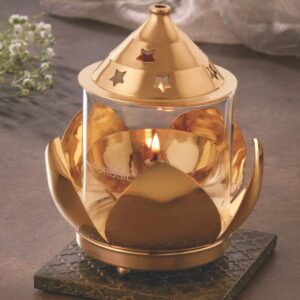No products in the cart.
Over time, the diya develops a rich patina, adding to its charm and antiquity. Regular polishing can restore its original shine. Whether used for daily worship or festive decoration, a brass diya remains a timeless symbol of spirituality, hope, and Indian cultural heritage.




